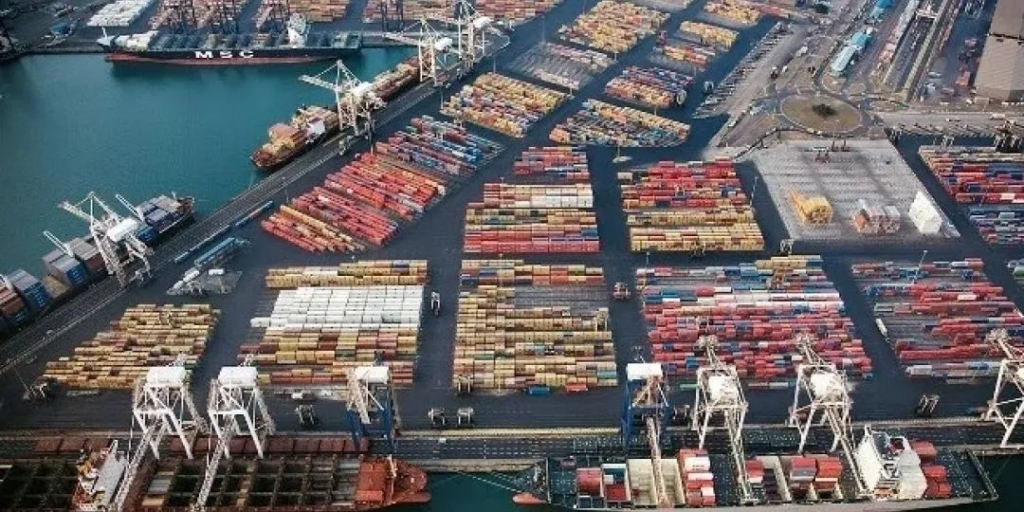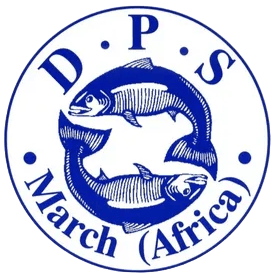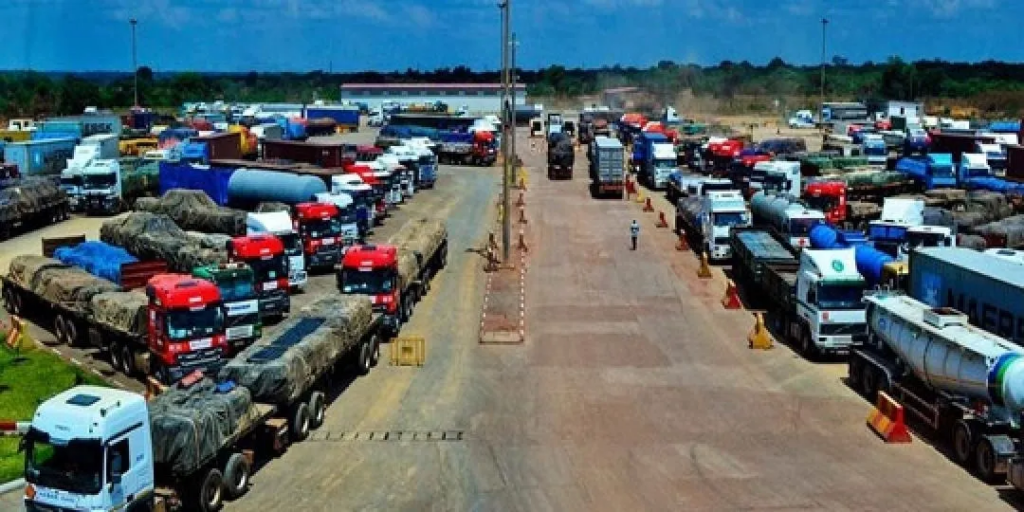
Transnet National Ports Authority (TNPA) has announced that it is just 30 days away from concluding the validation process for its Eastern Region Ports Master Plans, which will position the Port of Durban as a major container hub and Richards Bay as the port handling dry bulk.
The plan includes massive port expansion and the relocation of the SA National Defence Force naval base from Salisbury Island to Richards Bay, as well as increased container capacity of 11.4 million TEUs and boosted automotive capacity exceeding 900 000 units per annum at Durban port.
Transnet said in a statement that independent international consultants were conducting the technical validation to confirm the technical feasibility of the plans in relation to proposed capacity and spatial layout.
This milestone is one of the critical success factors of the Durban Logistics Hub, a TNPA strategy that is underpinned by the TNPA Reimagined Operating Model and the Transnet Segment Strategy, which seeks to align its freight logistics business with key commodities of the economy.
The Durban Logistics Hub reconfigures the port master plans of Durban and Richards Bay to increase their capacity to handle container, automotive and liquid bulk commodities.
The TNPA Reimagined Operating Model segments TNPA’s port operations into three regions – the ports of Port Elizabeth, Ngqura and East London in the Central Region, Mossel Bay, Saldanha and Cape Town in the Western Region with Durban and Richards Bay in the Eastern Region.
“At the centre of everything we do, we ensure that we run functioning ports that are responsive to the issues of terminal operators, while encouraging them to perform better through the provision of world-class port infrastructure,” said Moshe Motlohi, TNPA managing executive for the Eastern Region.
The Durban Logistics Hub will include increased container capacity of 11.4m TEUs and automotive capacity exceeding 900 000 units. The expansion programme will be realised through the construction of new container terminals at the Durban Point and Maydon Wharf port precincts, which will derive new capacity of 1.8m and 1.6m TEUs respectively.
The Salisbury infill at Pier 1 Container Terminal will expand the terminal’s capacity to 3.6m TEUs, coupled with the berth deepening project in Pier 2 Container Terminal that will enhance terminal capacity to 4.4m TEUs.
“The relocation of the South African National Defence Force (SANDF) naval base to the Port of Richards Bay will be a major catalyst to the success of the Salisbury Infill work package, with a satellite station remaining to maintain SANDF’s presence at the Port of Durban,” Dr Bridgette Gasa-Toboti, TNPA portfolio director for mega projects said.
The current footprint of the Point Automotive Terminal (ro-ro) will be optimised to enable the handling of an additional 380 000 automotive units, a quantum leap from the current capacity of 520 000 units.
Aligned to the Department of Mineral Resources and Energy’s strategic plan for 2020-2025, the Port of Richards Bay port master plan features a new berth for handling Liquefied Natural Gas (LNG) which is a cleaner alternative.



